Art Photography: Francis Frith
Francis Frith: His travels in Egypt, Nubia, the Middle East and Europe
Francis Frith was born in Chesterfield in 1822. He started his photographic business in the 1850s and set out to record the world around him. He saw the purpose of his enterprise as the accurate recording of the subjects he chose, making his images faithful and true records of the locations he visited.
Frith was also a talented amateur artist and he was able to bring a painter's eye to the composition of his images, ensuring that they combined high aesthetics with a full awareness of what the then relatively new medium offered in technical terms. Frith came from a Quaker background and was a strong family man. He believed that photography should not only record but also have add a moral purpose and clarity to its endeavours.
His business went from strength to to strength and he became the most successful British photographer in the Victorian era. He made what was, in effect, an entire photographic survey of Britain and used his travels abroad to bring the world into British households. Frith's business continued to expand and he employed a number of other photographers to assist him.
This page concentrates on the images that Frith produced of scenes outside Britain. This enabled him to offer the public views of locations in places such as Egypt where archaeology was developing quickly and of locations from the Bible and classical antiquity which were hitherto only known from texts. These produced some of Frith's most memorable images and they were made available to the public either as part of his series of publications or as single prints.
When Frith died in 1898 his company had set new standards in the scale, quality and ambition that photography was capable of achieving. His company continued to expand after his death and by 1914 there were 52,000 photographs in the company's archives.

The Statues of Memnon, Thebes
The Statues of Memnon, Thebes by Francis Frith (1822-1898) - Albumen print on paper - 15.9 x 22.8 cm - 2017.140.15 - © McLean Museum and Art Gallery, Greenock
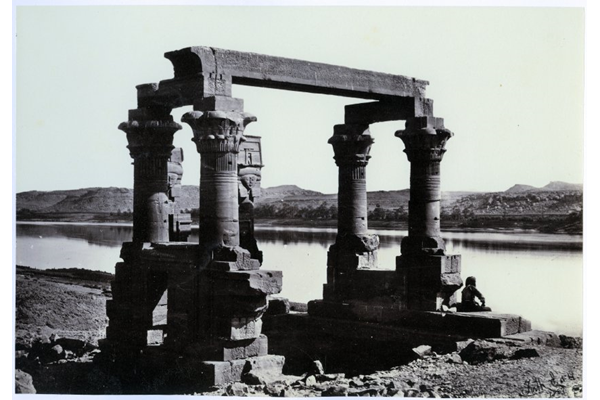
The Temple of Wady Kardassy, Nubia
The Temple of Wady Kardassy, Nubia by Francis Frith (1822-1898) - Albumen print on paper - 1857 - 16.2 x 23.4 cm - 2017.140.7 - © McLean Museum and Art Gallery, Greenock
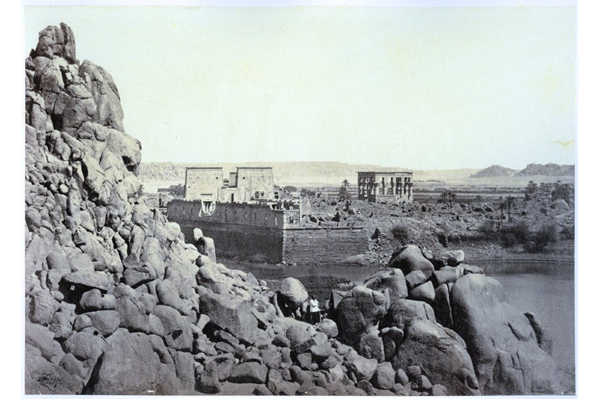
South End of Philae
South End of Philae by Francis Frith (1822-1898) - Albumen print on paper - 16.2 x 23.2 cm - 1857 - 2017.140.4 - © McLean Museum and Art Gallery, Greenock
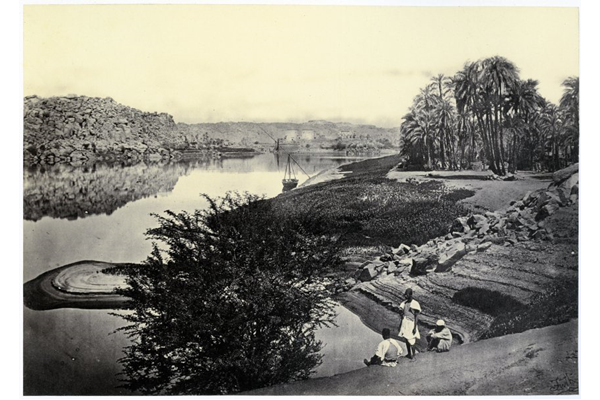
Philae from the South
Philae from the South by Francis Frith (1822-1898) - Albumen print on paper - 16.2 x 23.2 cm - 1857 - 2017.140.3 - © McLean Museum and Art Gallery, Greenock

The Parthenon, Athens from the East
The Parthenon, Athens from the East by Francis Frith (1822-1898) - Albumen print on paper - 15.2 x 20.8 cm - 1860 - 2017.139.1 - © McLean Museum and Art Gallery, Greenock
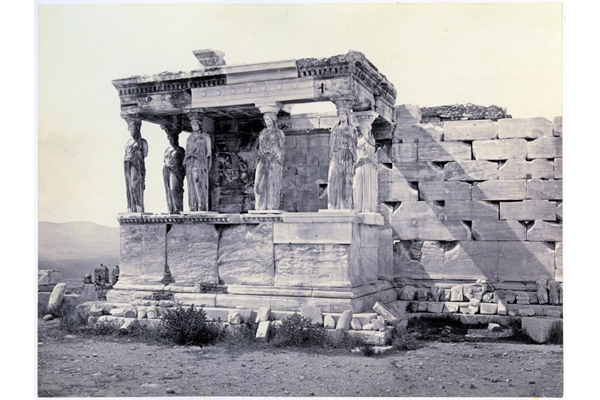
The Erechteum, Athens
The Erechteum, Athens by Francis Frith (1822-1898) - Albumen print on paper - 15.2 x 20.8 cm - 1860 - 2017.139.2 - © McLean Museum and Art Gallery, Greenock
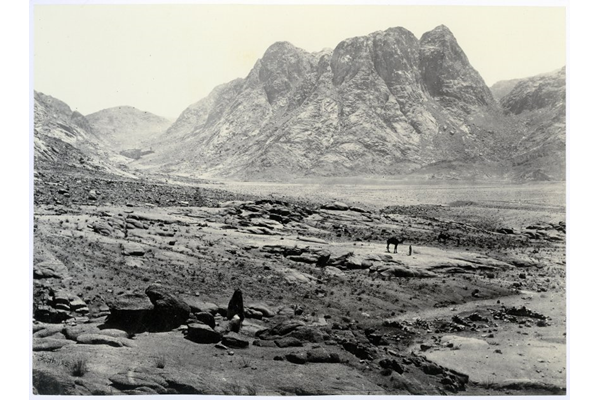
Mount Horeb, Sinai
Mount Horeb, Sinai by Francis Frith (1822-1898) - Albumen print on paper - 16.2 x 22 cm - 1857 - 2017.140.5 - © McLean Museum and Art Gallery, Greenock
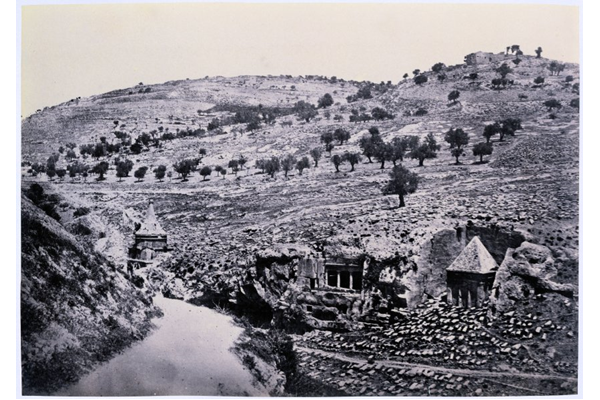
The Valley of Jehosaphat, Jerusalem
The Valley of Jehosaphat, Jerusalem by Francis Frith (1822-1898) - Albumen print on paper - 16 x 22.5 cm - 2017.140.6 - © McLean Museum and Art Gallery, Greenock

The Circular Temple, Baalbec
The Circular Temple, Baalbec by Francis Frith (1822-1898) - Albumen print on paper - 16.2 x 23.2 cm - 1857 - 2017.140.1 - © McLean Museum and Art Gallery, Greenock

Entrance of the Church of the Holy Sepulchre, Jerusalem
Entrance of the Church of the Holy Sepulchre, Jerusalem by Francis Frith (1822-1898) - Albumen print on paper - 23.2 x 16.3 cm - 1857 - 2017.140.8 - © McLean Museum and Art Gallery, Greenock

City Wall and Mosque of Omar &c., Jerusalem
City Wall and Mosque of Omar &c., Jerusalem by Francis Frith (1822-1898) - Albumen print on paper - 15.9 x 22.8 cm - 1857 - 2017.140.11 - © McLean Museum and Art Gallery, Greenock
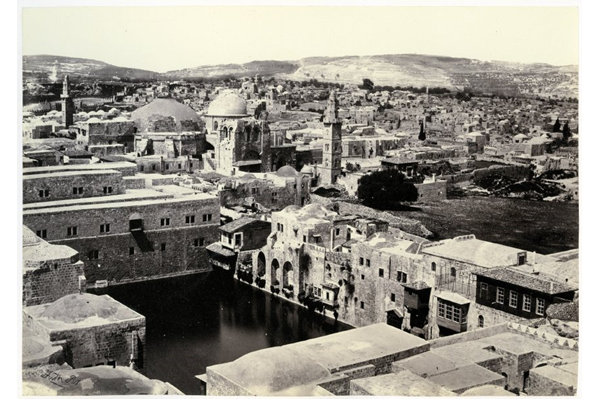
The Pool of Hezekiah, Jerusalem
The Pool of Hezekiah, Jerusalem by Francis Frith (1822-1898) - Albumen print on paper - 15.9 x 22.8 cm - 1857 - 2017.140.12 - © McLean Museum and Art Gallery, Greenock
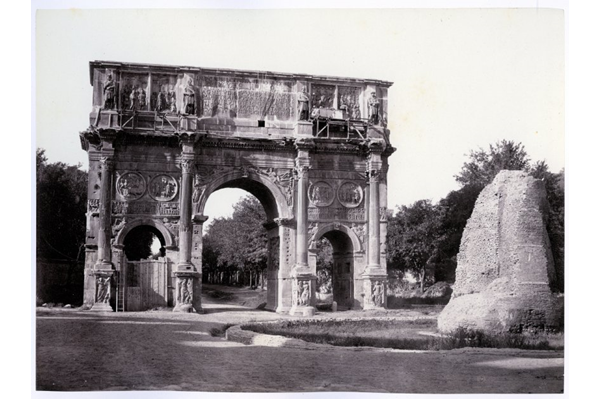
The Arch of Constantine, Rome
The Arch of Constantine, Rome by Francis Frith (1822-1898) - Albumen print on paper - 17 x 23.7 cm - c. 1860 - 2017.138.1 - © McLean Museum and Art Gallery, Greenock
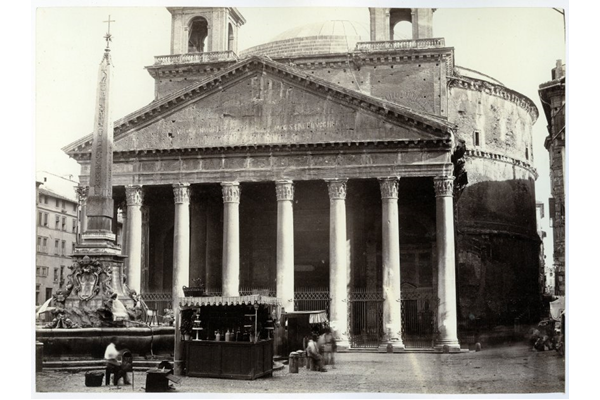
The Pantheon, Rome
The Pantheon, Rome by Francis Frith (1822-1898) - Albumen print on paper - 17 x 23.7 cm - c. 1860 - 2017.138.2 - © McLean Museum and Art Gallery, Greenock
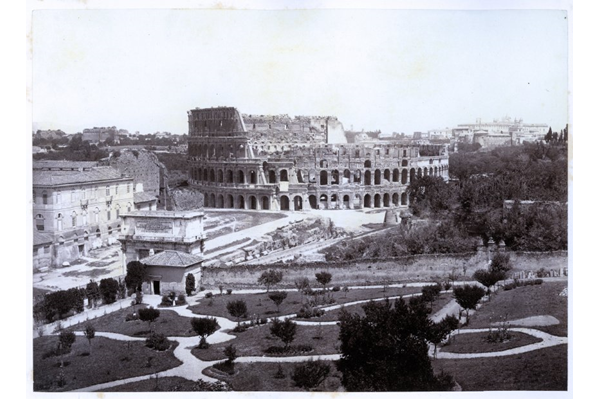
The Colosseum, Rome
The Colosseum, Rome by Francis Frith (1822-1898) - Albumen print on paper - 17.2 x 23.7 cm - c. 1860 - 2017.138.5 - © McLean Museum and Art Gallery, Greenock
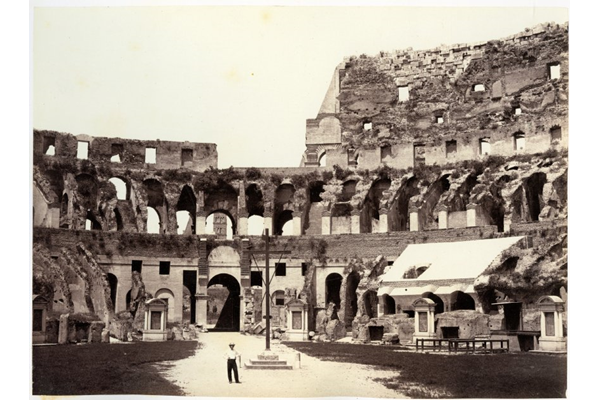
The Interior of the Colosseum, Rome
The Interior of the Colosseum, Rome by Francis Frith (1822-1898) - Albumen print on paper - 17.3 x 23.8 cm - c. 1860 - 2017.138.13 - © McLean Museum and Art Gallery, Greenock
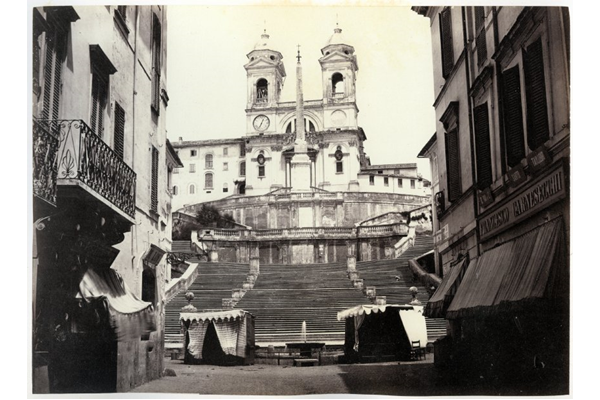
Stairs of the Place di Spagna, Rome
Stairs of the Place di Spagna, Rome by Francis Frith (1822-1898) - Albumen print on paper - 17.2 x 23.7 cm - c. 1860 - 2017.138.9 - © McLean Museum and Art Gallery, Greenock

Interior of the Arch of Titus, Rome
Interior of the Arch of Titus, Rome by Francis Frith (1822-1898) - Albumen print on paper - 23.2 x 17.8 cm - c. 1860 - 2017.138.11 - © McLean Museum and Art Gallery, Greenock

Bridge and Castle of St. Angelo, Rome
Bridge and Castle of St. Angelo, Rome by Francis Frith (1822-1898) - Albumen print on paper - 17.2 x 23.7 cm - c. 1860 - 2017.138.7 - © McLean Museum and Art Gallery, Greenock

The Roman Forum
The Roman Forum by Francis Frith (1822-1898) - Albumen print on paper - 17.2 x 23.7 cm - 1860 - 2017.138.4 - © McLean Museum and Art Gallery, Greenock
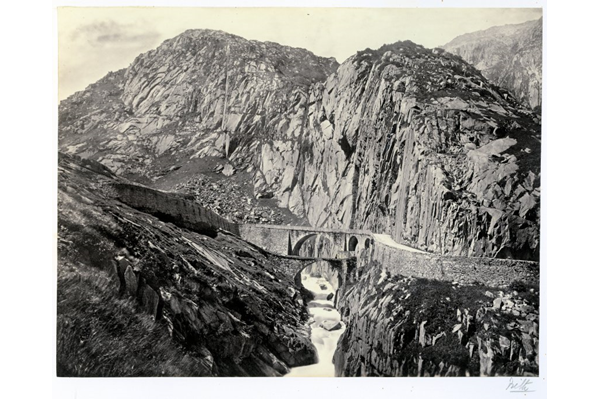
The Devil's Bridge, St. Gothard Pass, Switzerland
The Devil's Bridge, St. Gothard Pass, Switzerland by Francis Frith (1822-1898) - Albumen print on paper - 15.9 x 20.9 cm - 1865 - 2017.136.2 - © McLean Museum and Art Gallery, Greenock
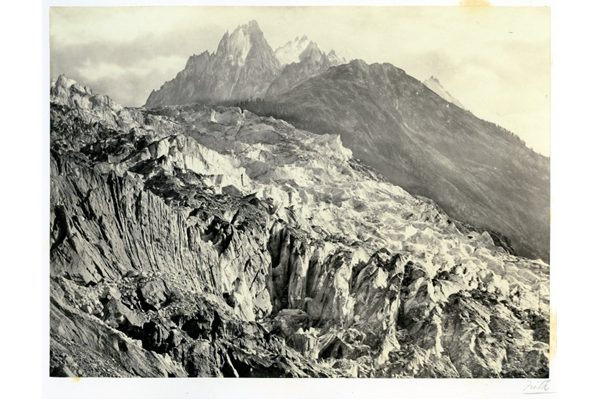
View across the Glacier des Bois, Chamonix, France
View across the Glacier des Bois, Chamonix, France by Francis Frith (1822-1898) - Albumen print on paper - 15.5 x 20.9 cm - 2017.136.8 - © McLean Museum and Art Gallery, Greenock

Promontory of Menaggio, Lake Como
Promontory of Menaggio, Lake Como by Francis Frith (1822-1898) - Albumen print on paper - 15.5 x 20.9 cm - 15.5 x 20.9 cm - © McLean Museum and Art Gallery, Greenock

Cascade at Tivoli
Cascade at Tivoli by Francis Frith (1822-1898) - Albumen print on paper - 17.3 x 23.8 cm - c. 1860 - 2017.138.15 - © McLean Museum and Art Gallery, Greenock
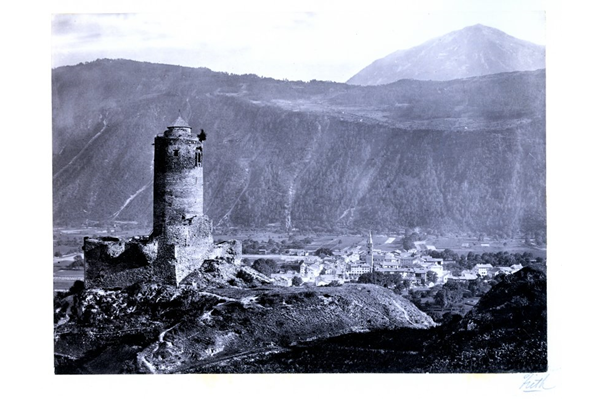
Martigny, Switzerland
Martigny, Switzerland by Francis Frith (1822-1898) - Albumen print on paper - 15.3 x 20.9 cm - 2017.136.1 - © McLean Museum and Art Gallery, Greenock
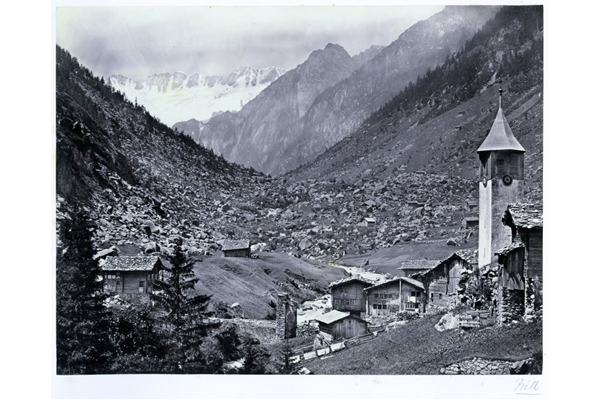
Goschinen, St. Gothard Vallery, Switzerland
Goschinen, St. Gothard Vallery, Switzerland by Francis Frith (1822-1898) - Albumen print on paper - 15.9 x 20.9 cm - 2017.136.3 - © McLean Museum and Art Gallery, Greenock
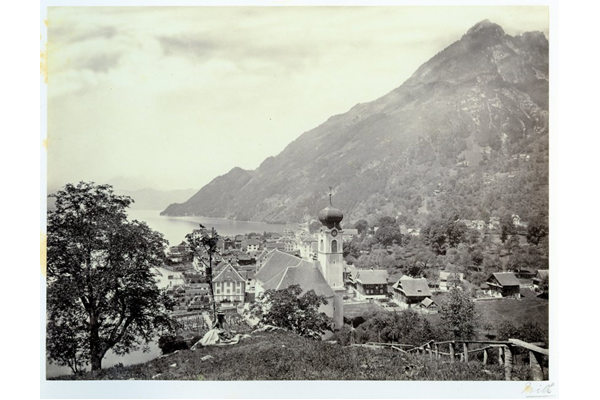
Gersau, Lake Lucerne, Switzerland
Gersau, Lake Lucerne, Switzerland by Francis Frith (1822-1898) - Albumen print on paper - 15.9 x 20.9 cm - 2017.136.4 - © McLean Museum and Art Gallery, Greenock
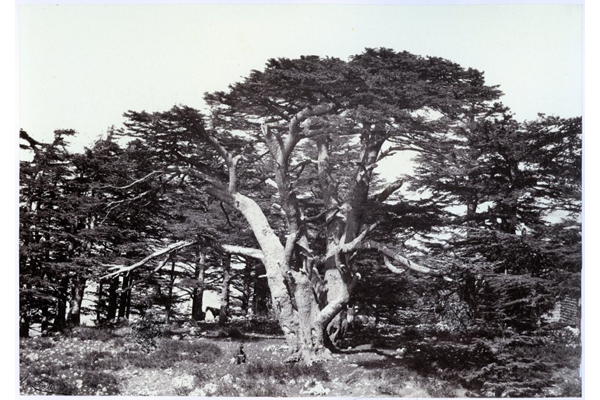
The Largest of the Cedars, Mount Lebanon
The Largest of the Cedars, Mount Lebanon by Francis Frith (1822-1898) - Albumen print on paper - 15.9 x 22.8 cm - 1858 - 2017.140.9 - © McLean Museum and Art Gallery, Greenock



























